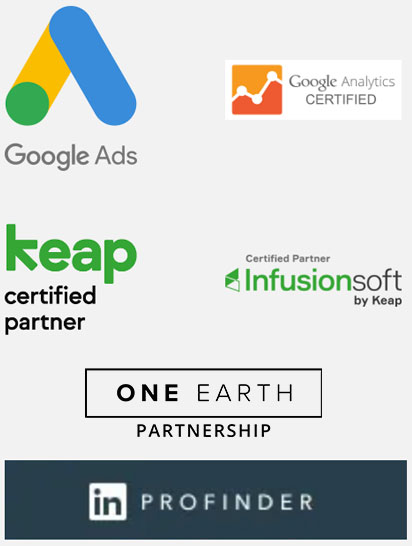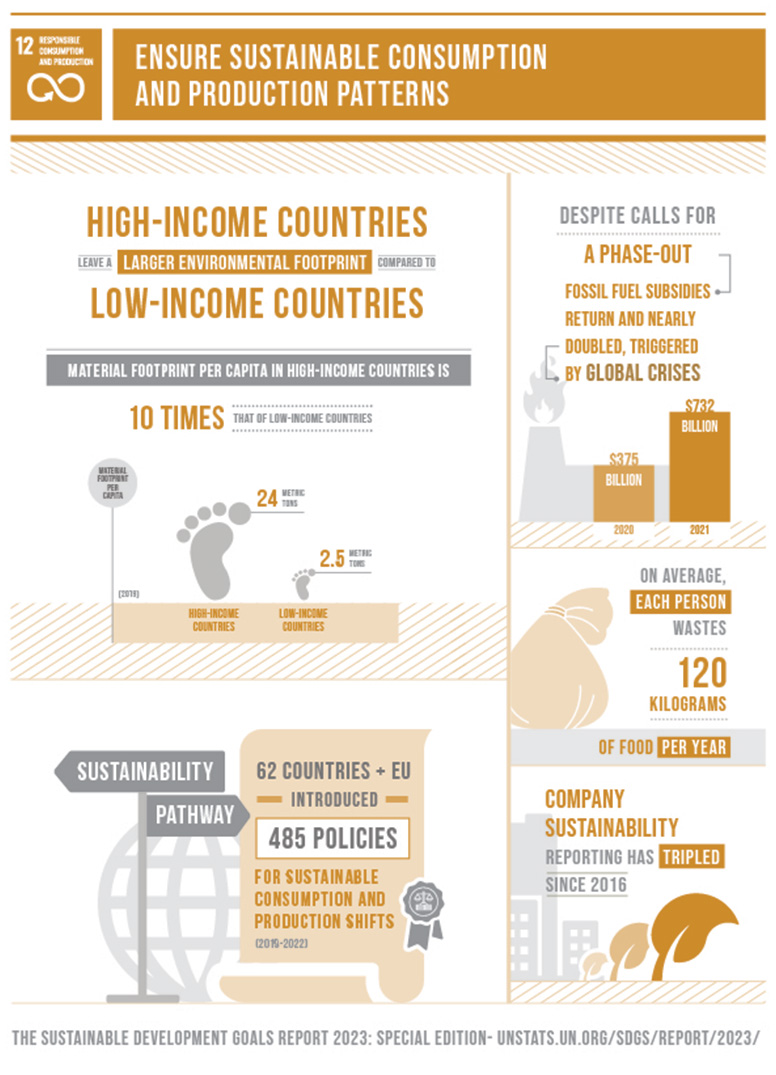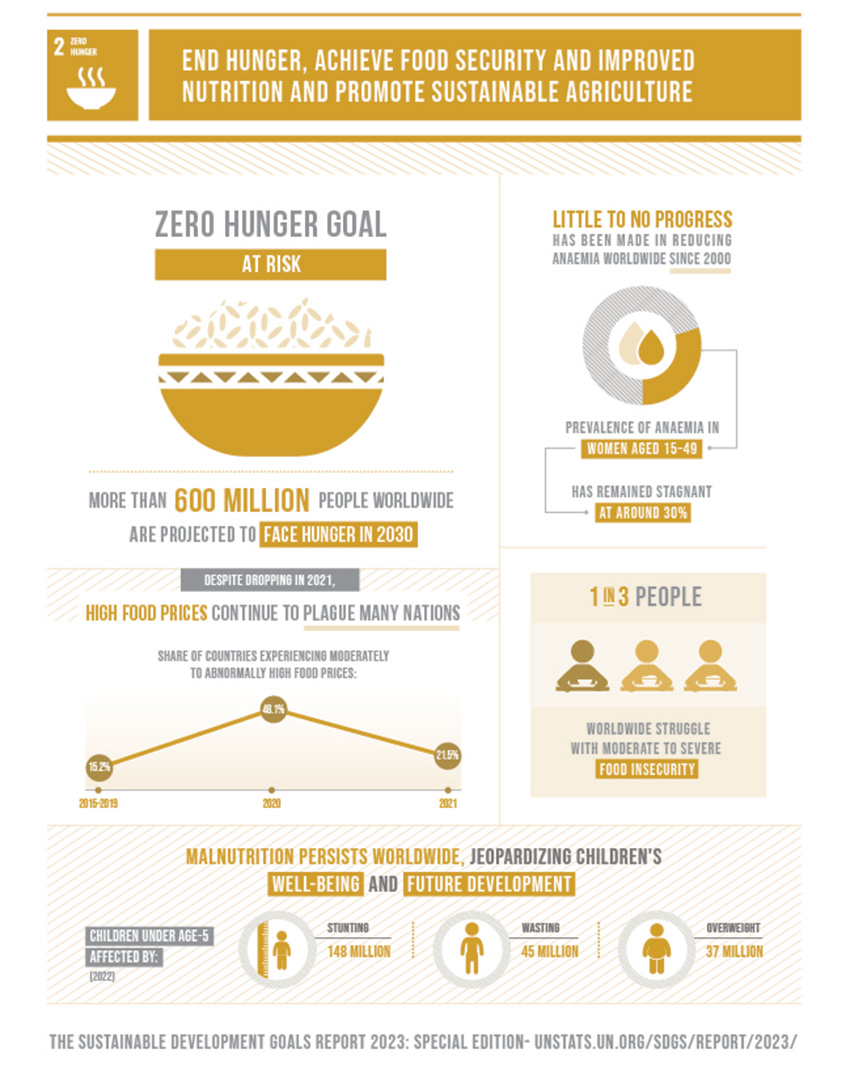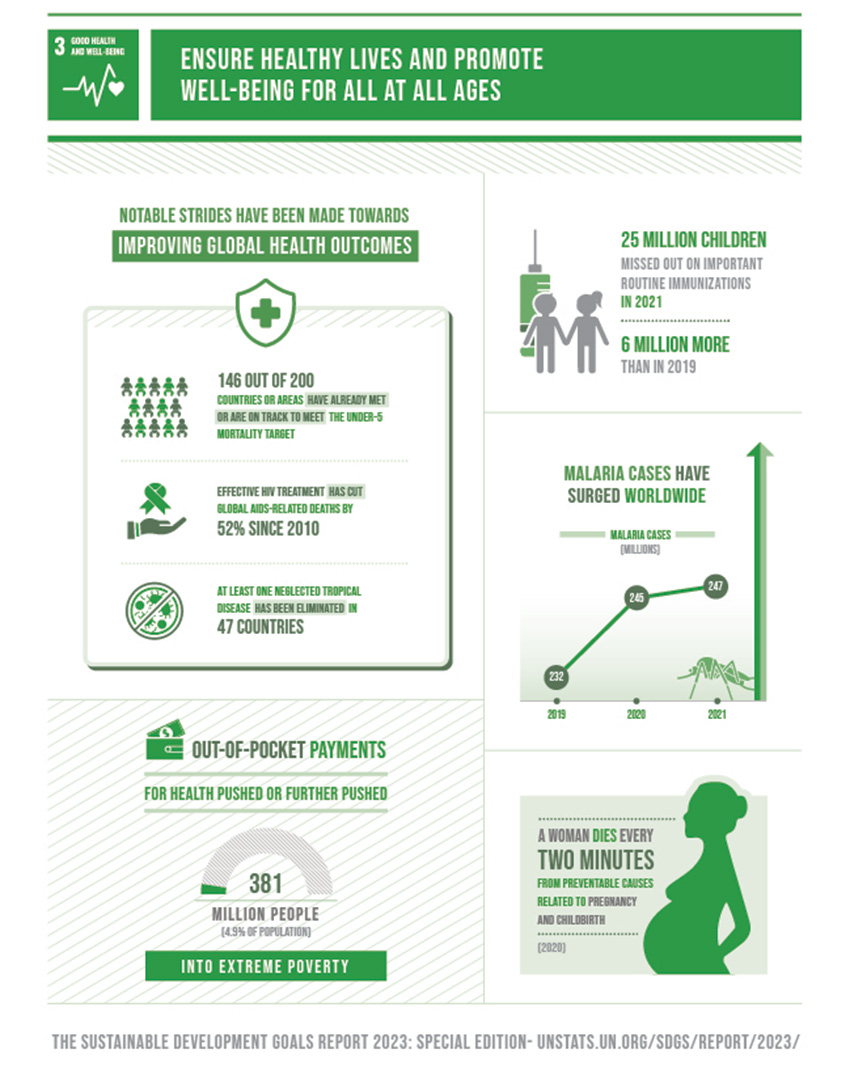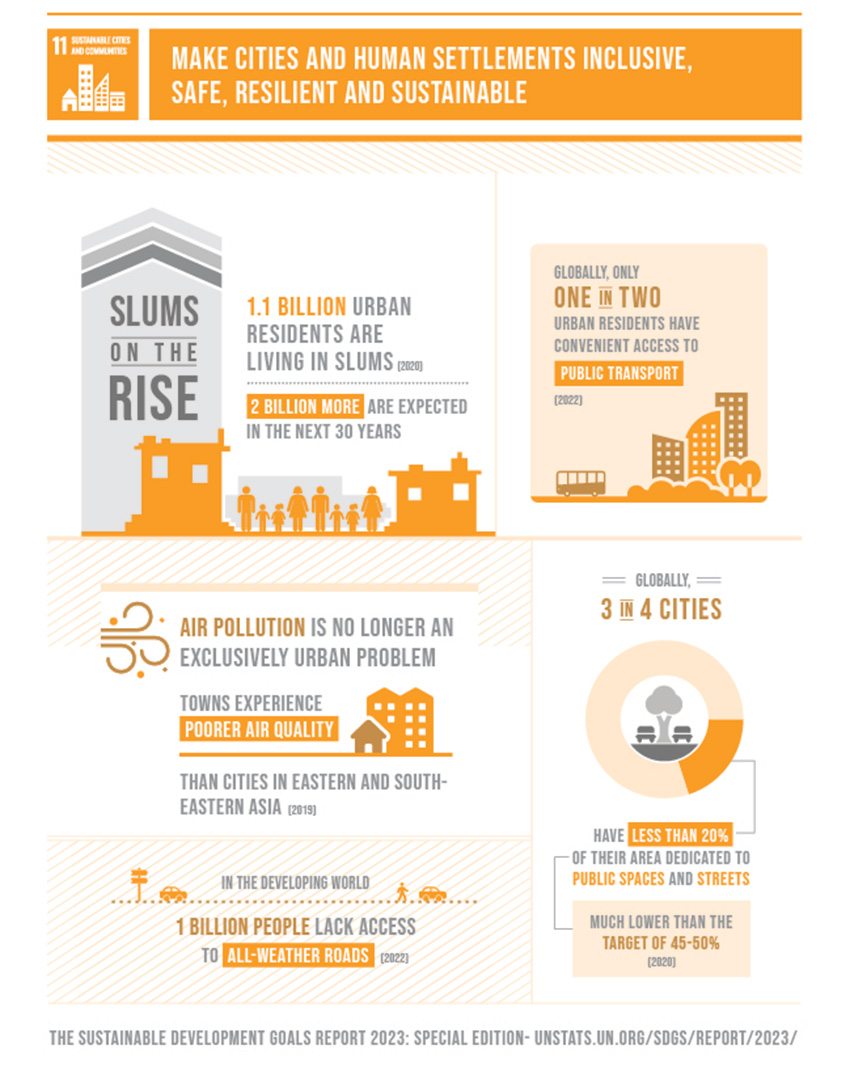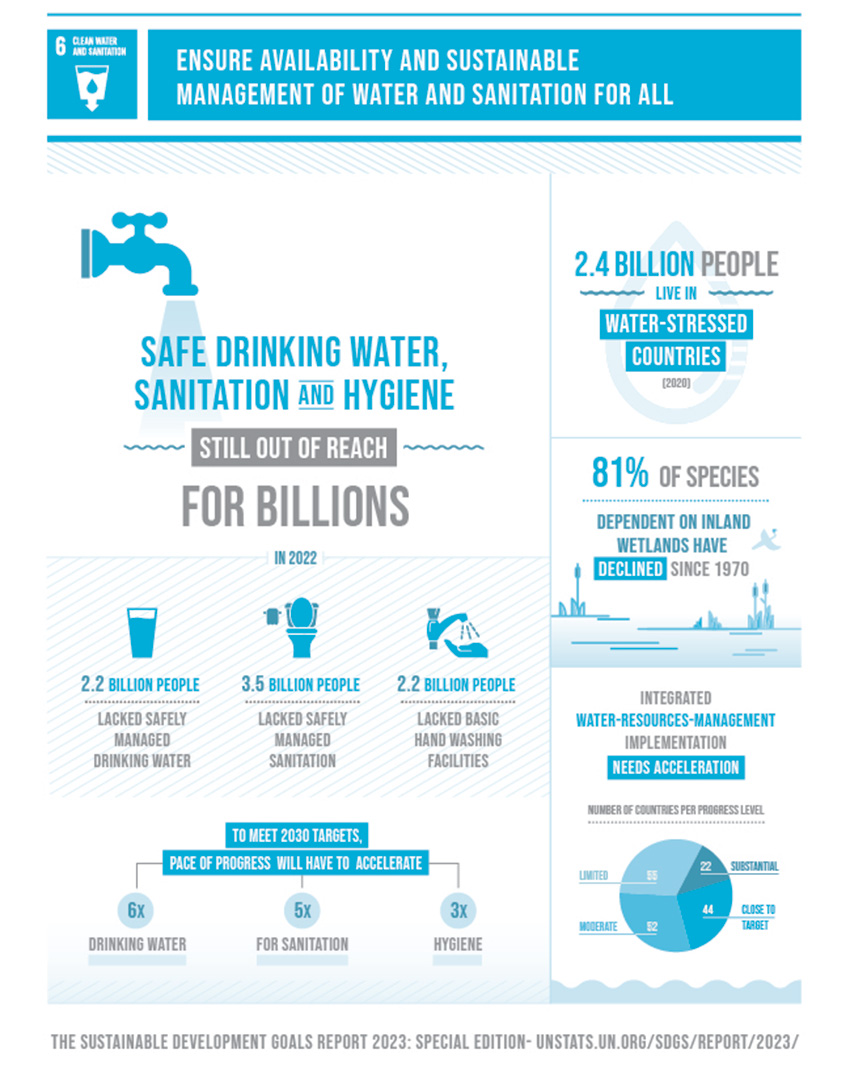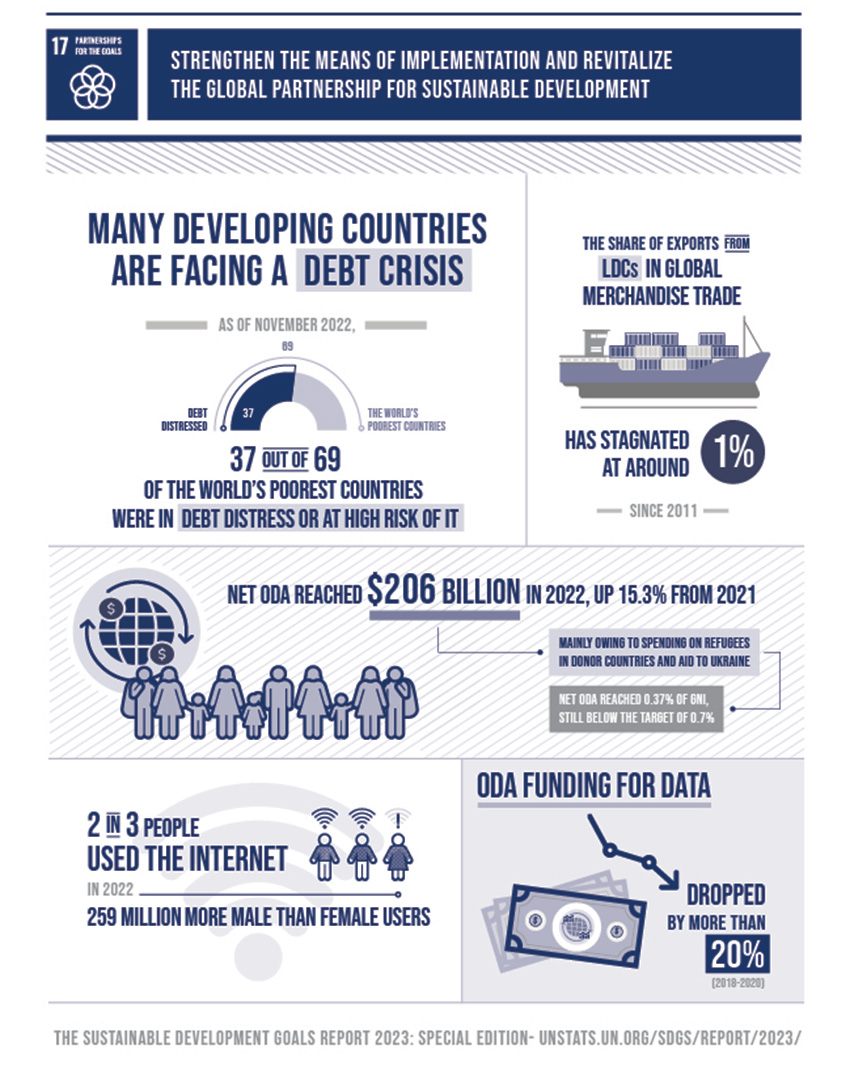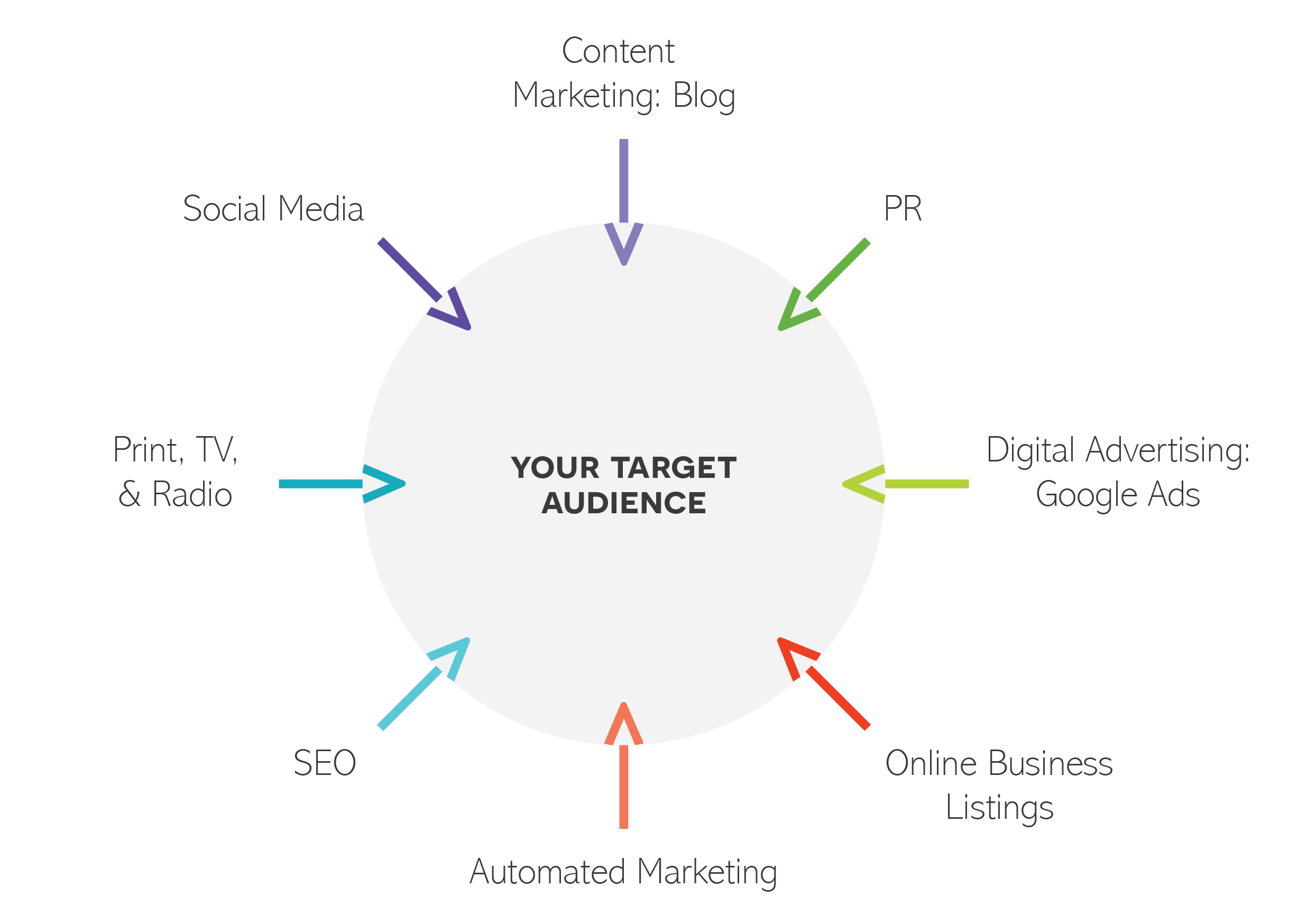
Stop us if you’ve heard this one before, but we think 360° Marketing can be a little bit like romance for a brand. Stolen glances across a smoky French cafe, a vase of roses in front of their door, a handwritten letter leading up to a candlelit dinner. The consumer-brand relationship isn’t quite so different from the love built upon the briefest brushing of fingertips over popcorn during a movie date: it’s multitouch and multichannel.
According to Linked Selling, over 80% of high-performing sales teams use at least three marketing channels and create at least 15 touchpoints per prospect.
So, what exactly is romantic about multichannel marketing? In the first century CE, Ovid wrote a series of poems called, “The Art of Love.” While some of them—specifically the ones where Ovid suggests you sprinkle leaves onto your potential beau so you may brush them off their lap at the racetrack—may not have a particular relation to marketing, Ovid does have a bit of sage wisdom to share. Namely, finding your paramour—or target audience—where they are.
How to Create a 360° Marketing Strategy For Your Brand
According to Ovid (as well as other marketers), the marketing process depends on whispering the right sweet nothings to the right ears at the right time. To translate this into contemporary times, this means you need a target audience. Then, you have to learn their habits and behaviors. What life stage are they in? What is their spending power? Where and how do they spend that money? Then map your customer journey based on these insights.
What Platforms to Include?
Once you know your target, Ovid advises us to find them where they are. No matter the brand, this is the key proposition of 360° marketing. He proposes you search for them while you’re out walking or while you’re the theater until you find the right ear. In our case, it’s more likely that you’ll find ear on Twitter or Facebook. The argument remains the same: to pass the time at the consumer’s whim, all the while telling a compelling story about your brand and product.
This endeavor, of course, is burdened by the sheer onslaught of things we interact with every day. Our focus is drawn in all directions, whether it be mindlessly scrolling through Instagram, the billboard you stare at every day during rush hour, or pinning seven different lunch box ideas you’ll probably never use on Pinterest. (We’re obviously not speaking from experience.) Per eMarketer, the average U.S. adult spends more than 6.5 hours a day just with digital media. In total, we spend approximately 12 hours and 9 minutes a day just consuming content.
That is a fair amount of content to sift through, and contrary to popular belief, our attention spans aren’t shortening; we’re just becoming more selective. This is the “Paradox of Choice” – simply put, being paralyzed by the sheer amount of available content. According to Nielsen, many of us navigate the Paradox of Choice, by sticking to what we know—making it harder for us to consume new content.
“Content discovery…is crucial to consumers in an era when they’re inundated with ads and content,” said Peter Katsingris, senior vice president of audience insights at Nielsen, in their 2019 Total Audience Report for 2019’s Q1. “Conversely, these same consumers are connecting to this fragmented content at unparalleled rates—well over 11 hours each day across screens and devices,” he said.
So, we’re not disputing that individual channels can work well—after all, we stick to what we know. But multiple channels work better.
How Many Touchpoints Does a 360° Marketing Strategy Need?
Unfortunately, no marketing campaign is love at first sight. This Paradox of Choice is only part of why we need a 360° marketing strategy for our brand to engage our audience. When there is so much information out there, marketers must be smarter and more efficient about speaking to their people. Now, no single magic number exists for how many touchpoints you need to convert someone into a lead or a sale. Some say it would lie somewhere between six and eight, while others contend it may very well be more than 15.
What Does a 360° Marketing Campaign Look Like?
In any case, we all agree that creating appropriate accompanying touchpoints at every step of the consumer journey is the key to getting the consumer. So, what does 360° marketing look like in action for brands?
To Ovid, it’s knowing his beloved frequents the market on Saturdays at 3 p.m. and bumping into them at the fruit and vegetable stand. Then, inconspicuously meeting them again at the circus the next night and leading them to a candlelit dinner. For the marketer, it may look like this:
Consider a single man in his 30s. He’s stressed out at work, and, now that it’s March, finally wants to start his New Year’s Resolution and pick up a running habit. What he needs is the perfect sneaker to finally start. He may hear a radio ad on his way to work, followed by a targeted Instagram ad, and purchase the sneakers three weeks later after he stumbles across a Facebook ad with an offer for free shipping.
But, thanks to our favorite Roman marketer, we know it’s not enough to just meet the consumer where they are. Ovid advises us to write and make promises—or to give a unique selling proposition if we’re back in marketing speak. But this unique selling proposition must be born out of the truth of the brand. What experience, what emotions, what story does your brand tell? What is the DNA of your brand and product and how does it meet the needs of this customer? Why your brand instead of any other?
What Are the Benefits?
Multichannel marketing utilizes this highly targeted message (“You need these sneakers to begin your journey as a runner!”) to create a need, and a subsequent spike in interest, in your brand or product—and then pursuing that lead on all relevant channels until conversion. It’s not being everywhere, and in most cases, it shouldn’t be everywhere. It is simply creating the illusion of being everywhere at once. Of being inevitable and irresistible—and conveniently where your target already is—with significant rewards. For example, advertising on YouTube may increase Google searches 420%.
Additionally, utilizing a multichannel marketing approach allows you to control the message around your brand in all relevant places and cultivate content for your audience on their preferred platforms.
And even though all may be fair in love and war, Ovid bears some caveats to marketing pursuits as well. He urges us to be presentable and to be credible. The best multitouch strategy is lost if the campaign’s messaging isn’t cohesive and tailored or meets the consumer at the wrong street corner. And lastly, Ovid the Marketer advises us to be flexible. There’s diversity in consumer’s hearts: a thousand minds require a thousand methods. Continue gathering research and follow up on your campaigns. Optimize and keep looking ahead.
The TruBrand Difference for 360° Marketing
Despite everyone wishing that it would, one-size-fits-all doesn’t work for marketing. Here at TruBrand (you didn’t think we’d let you get out of this without a little self-marketing, did you?) we know better than to force your business into the constraints of a pre-existing model. Rather, we bring a touch of humanity to everything we do while driving brands forward. For us, it’s never just about the project at hand; it’s about building trust and enabling long-term success. We specialize in ensuring our clients’ companies reflect their true brand and then continue optimizing the campaigns to best fit our clients’ .
After all, a brand’s successful 360° marketing campaign is a labor of love.














